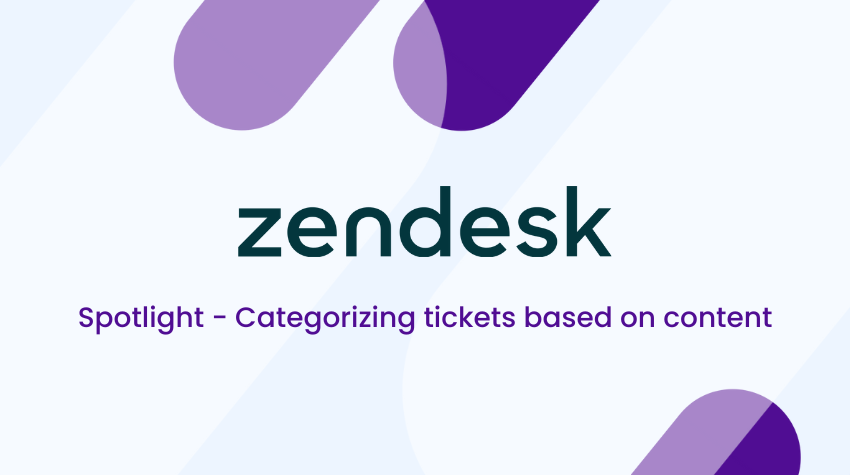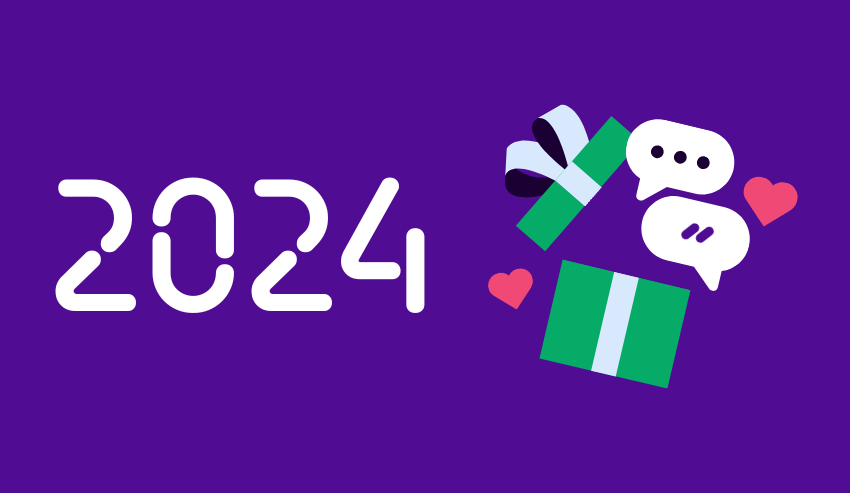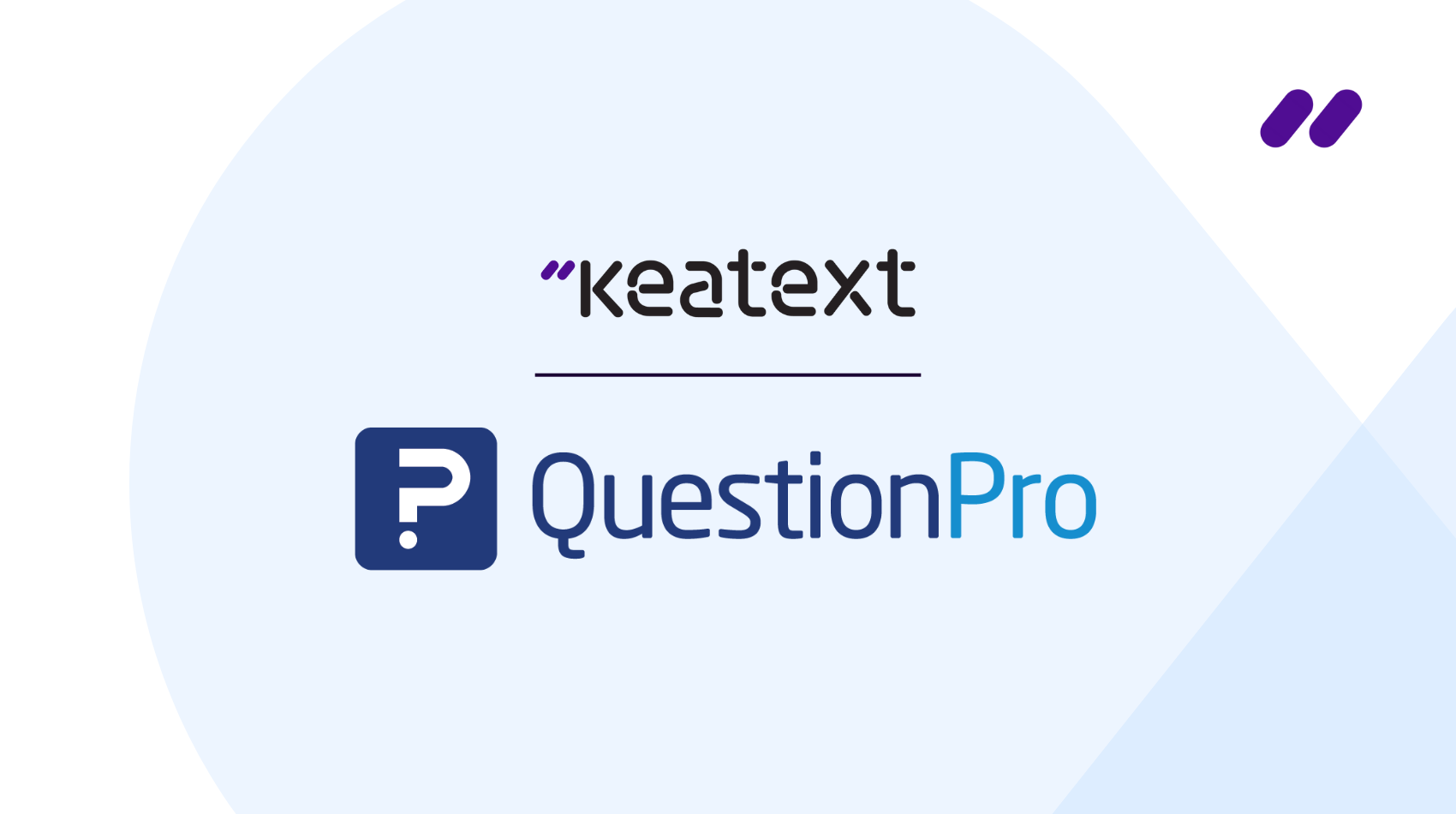Every day, in companies the world over, CX teams search for insights into customer behaviour. Some still laboriously scan through hundreds of survey responses and NPS scores, while others strategize around insights from tens of thousands of customers, from multiple feedback channels. The biggest difference between these CX teams isn’t experience, intelligence or even data quantity – it’s insights-oriented AI technology.
Recent Forrester marketing research shows that companies that leverage advanced insights-driven business capabilities are 2.8x more likely to report double-digit year-over-year growth than firms that are still at the beginner stage. With numbers like that, it’s no surprise that “more than 60% of global data and analytics decision makers plan to increase their data management and analytics budgets from 2020 to 2021.”
“AI gives you the ability to mine for the really insightful patterns within your customer behaviour. That forces you to look at yourself from your customers’ perspective, in ways you might not have before.”
The Customer Experience Professionals Association has also been tracking AI technology’s impact on the business world, and noted in 2018 that because of its “looming pervasive reach into customers’ lives, the technology also carries the potential to have a huge impact on CX,” as a field itself and on the companies who leverage AI for their CX initiatives and strategies.
Certified Customer Experience Professional and current President & Chair of CXPA Toronto Lawrence Levinson has seen first-hand how relevant AI has become for CX in his more than 20 years of driving top-line growth and ROI. “It’s amazing how sophisticated AI has become not only in terms of speed but in terms of accuracy when aggregating data for recurring patterns or trends,” he observes.
“AI gives you the ability to mine for pieces of gold in data for the really insightful patterns within your customer behaviour,” Levinson adds. “That forces you to look at yourself from your customers’ perspective, in ways you might not have before.”
Ironing out points of friction
For CX professionals, reviewing voice-of-customer data is a daily task – and it’s not an easy feat. Teams spend incredible amounts of time manually processing data from listening posts, double-blind audits, NPS, CSAT, customer effort score and other survey programs, along with customer reviews and social media mentions. “It’s not only time-consuming, but it sets the individual up to miss insights that could be quite impactful to the business,” remarks Levinson. “When AI works, it works really well at isolating data clusters for teams to analyze and determine what actions are required.”
By aggregating qualitative data – such as long-form answers from survey programs or verbatim reviews on social media – organizations have the opportunity to see recurring emotional patterns in their customer journeys. “This data can show the friction points for a business, whether it’s already a customer-focused organization or not,” says Levinson.
By aggregating qualitative data, organizations have the opportunity to see recurring emotional patterns in their customer journeys.
He gives an example from his own experiences of parking and grocery shopping in two very different big cities. “In several businesses, I discovered that both customers and employees are equally frustrated with parking lots,” he says. “When we talk about competitors we often think we’re competing on things like quality of services, deadlines or the other typical criteria we’re selling against, when in fact when you really dive deep into the data to identify the emotional component of why people would rather work with one company vs. a competitor, you see something as seemingly simple as ‘one parking lot is full and the other isn’t.’ These personal friction points really do make a difference.”
Data can reveal insights that CX teams might not have thought about before, especially when it comes to emotion. “If 95% of purchasing decisions are subconscious and based on emotion, then how people feel about how they work with you is the missing component, the goldmine in customer experience,” says Levinson. “The patterns in how people are feeling is what AI and machine learning can bring to light.”
He encourages companies to keep an open mind and explore what’s possible today in AI technology relative to what was possible five years ago. “I myself was turned off by early-stage, exciting sounding AI technologies that didn’t deliver on their promise, yet it’s been a big five years in that space,” he says. “The future economy will belong to those who can digest and aggregate and tell stories about data. It’s where we’re headed.”
Using data to understand behaviour changes in COVID times
The urgency to have the right AI tools in place has been even more evident since the beginning of the COVID-19 pandemic. “COVID completely changed the journey,” says Levinson. “So many people used to make fun of me for using a click-and-collect grocery shopping program – now everyone’s doing click and collect. Back in late March of this year, customers were frustrated with all things insincere. Companies that used their customer data to add a sincere and customer-focused spin on their surveys or ads did well.”
“The future economy will belong to those who can digest and aggregate and tell stories about data. It’s where we’re headed already.”
New AI tools are made to be applied to such a changing customer journey, regardless of the cause or the magnitude of the change. They help companies understand trends – such as the massive shift in grocery shopping habits during the pandemic – or just gather more information on individual decisions to change phones or data plans, for instance. AI technologies that harness vast quantities of recent customer feedback can give companies the flexibility to respond quicker to shifts in customer behaviour, whether they’re emotional responses to services or different channels of engagement.
Companies can have a goldmine of data at their fingertips, yet if they’re not using AI to analyze what customers are really saying and share those stories with their company, they can’t fully engage with and respond to customers. “The future economy will belong to those who can digest and aggregate and tell stories about data,” says Levinson. “It’s where we’re headed already.”





